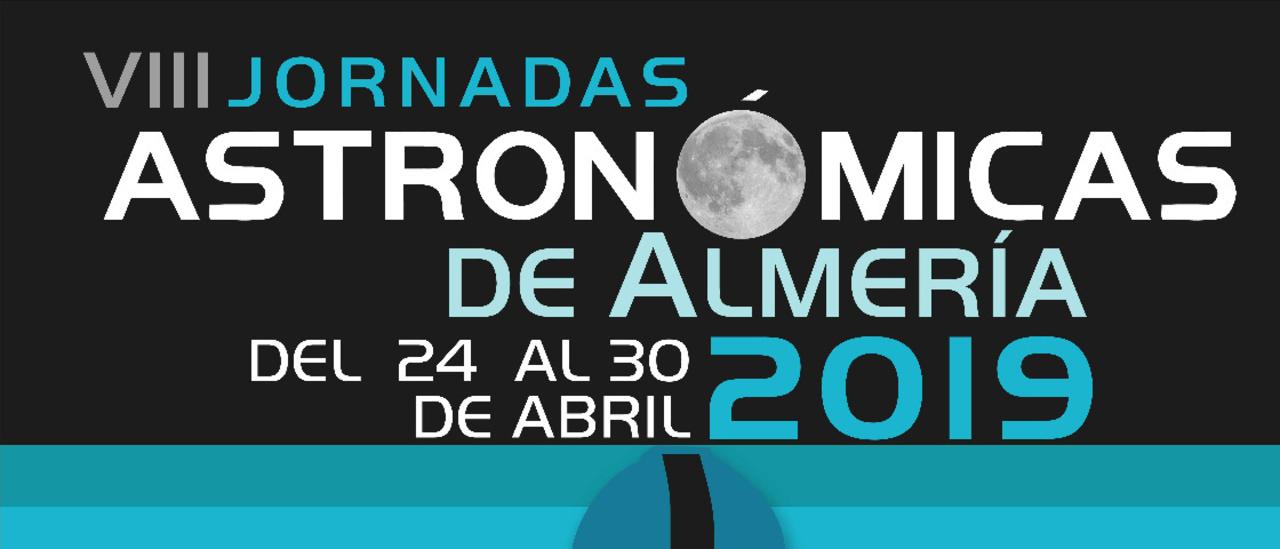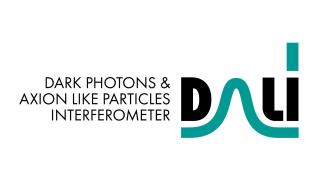General
The basic objective of the broject is to investigate the evolution of galaxies by deepening our understanding of the interaction between the insterstellar medium and the stars.The main technique which we use is the two-dimensional kinematic study of whole galaxies observed using our instrument:GHaFaS, a Fabry-Perot interferometer on the William Herschel Telescope of the ORM.
We combine the data from GHaFaS with our own photometric imaging using ACAM on the same telescope, with a variety of sources of images in the infrared and ultraviolet, and with emission line maps en the radio and milimetre range to explore the effects, and the physical parameters which the determine the star formation rate and the mass function of the stars depending on the sites of their formation in galaxies.
In the present phase of the project the dynamical aspects which we are e xploring are basically two: the resonant structure of discs and bars, and the effects of the zones of massive star formation on their surroundings via stellar winds and supernovae.In addition, in preparation for the exploration of galaxy formation in earlier epochs, we are studying how the interactions between galaxies stimulate and condition star formation within them before they merge. In the future these studies will be extended, methodically, in two directions: outwards to galaxies at increasing redshift, and inwards by applying our methods to the study of interstellar porcesse in the zones of massive star formation in the Local Group galaxy M33.
We combine our research into galaxy kinematics with evolutionary aspects of galaxy discs based on precise observations of their surface brightness profiles, both in local galaxies and in galaxies at intermediate redshift. In order to make progress in this direction we are collaborating with colleagues at the Instituto de Astronomía de la UNAM (México) and the Laboratoire d'Astrophysique de Marseille (France) in the implementation of a new instrument, NEFER, which will be a high resolution Fabry-Perot module incorporated into OSIRIS on the GTC. We had successful inicial trials in December 2017, and commissioneed NEFER in March 2018 for use as a visitor instrument permanently on the GTC.
Members
Results
- The "Font-Beckman" method for analysing resonances in galaxies was shown to give very accurate results, comparing it with the "Tremaine-Weinberg" method using data from GHaFaS (WHT and MUSE (VLT)
- The profiles of Type III (antitruncated) S0 galaxies were measured at z = 0.6 (5 thousan dmillion years ago) for the first time. The "break radius" is the same as that of local galaxies, but its surface brightness is 1.6 magnitudes brighter.
- A new and greatly improved analysis of the Hubble Ultra-Deep Field gave an image with valid photometry down to 33 mag /arcsec squared, revealing the faint outskirts of it galaxies,.
- Comparing galaxies in interacting pairs with isolated galaxies it was shown that the star formation rate in the former is consistently enhanced and that this enhancement is common to the discs and the tidal tails
- The galaxy NGC 864 (CIG 86), apparently isolated, shows an asymmetric distribution of its hI. It was shown that this galaxy is truly isolated, and that HI accretion probably accounts for the asymmetry as well as the star formation in its stellar pseud-ring



